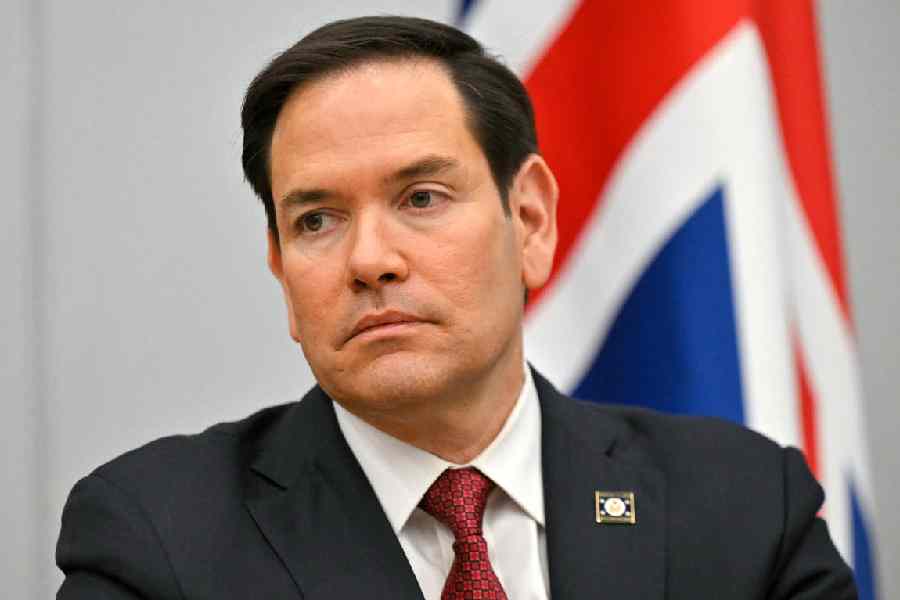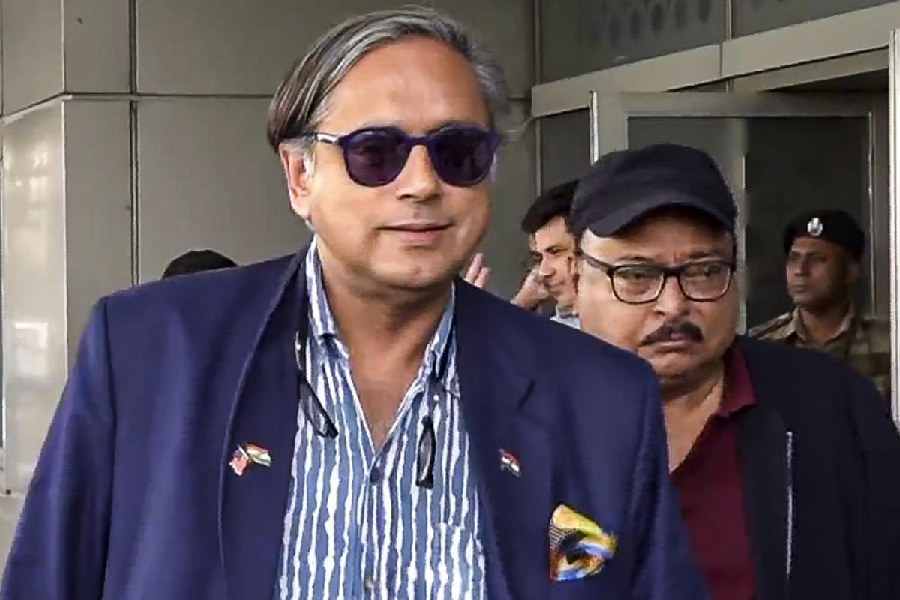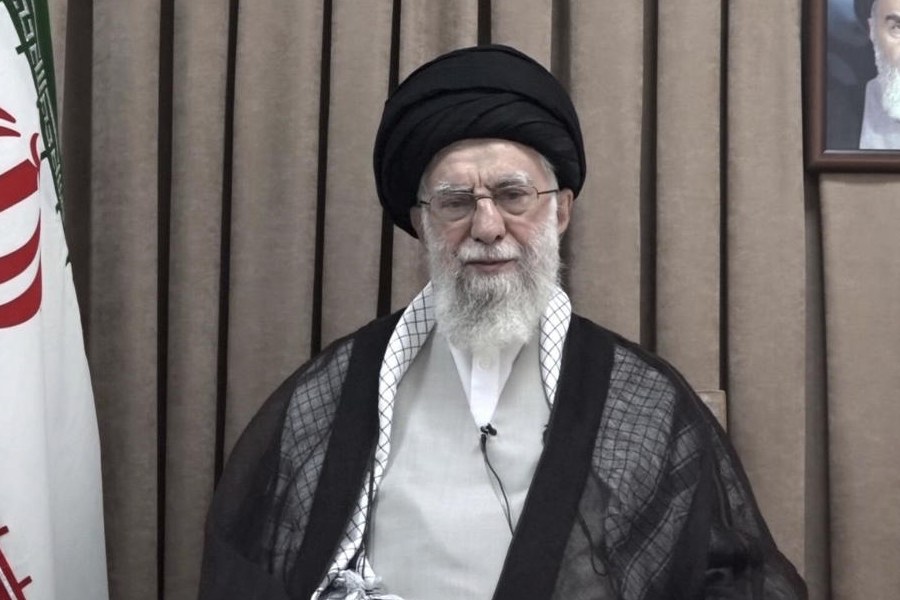 |
| A.K. Gopalan being garlanded at the Constitution Club of India, 1957 |
One reality in Bengal, one of great importance, scarcely ever gets talked about. This relates to the domination of the Brahmin — “Boddi”—Kayastha castes in the intellectual, social, political and cultural life of the state. This domination is so complete, and has been so for such a long time, that one almost takes it for granted, not even noticing it. Of course, if these castes had constituted a substantial proportion of the population, then the fact of this domination would not have exercised one as much. But almost 55 per cent of this state’s population consists of scheduled castes, scheduled tribes, and Muslims, not counting the other backward classes. The fact that all these groups, that constitute the overwhelming majority of the population, have scarcely a presence in the socio-cultural scene in the state (except where it is statutorily mandated) is an extraordinary phenomenon.
Bengal, to be sure, is not unique in this regard. Caste-domination in Indian society is common knowledge. But there is a difference between Bengal and other states. In the South, where there was a strong anti-upper caste social movement, even though the hierarchical caste-system continues, considerable changes have occurred in the structure of the hierarchy. On the other hand, in Uttar Pradesh and Bihar, though Brahmins still continue to enjoy a privileged position in the socio-cultural life, their proportion in the population is much higher than that in Bengal, where the influence of Buddhism had been so great that the later revival of Brahminism had needed an import of Brahmins from the interior. Besides, these northern states are currently in the throes of caste politics involving the formation of caste-coalitions, which, notwithstanding their crudity and fake social engineering from the top, have at least conferred visibility to some members of the excluded groups. This is not so in Bengal.
There is, besides, the fact — emphasized by many, including the distinguished economist, Pradhan Hari Shankar Prasad — that the changing agrarian scenario in states like Bihar, especially in the heyday of the Green Revolution, had been associated with the coming into prominence of certain hitherto excluded OBC castes. A similar thing may have happened in Bengal’s countryside too during its phase of rapid agricultural growth. But even if it has, it has certainly made little impact on recruitment into the ranks of the socio-cultural elite of the state. “Elitism” in Bengal is indeed closer to that in Odisha, where, despite STs and SCs accounting for almost 40 per cent of the population, there have been only two chief ministers from these groups in the entire history of the state. One had such a brief tenure that he almost does not count, and the other, who refrained from playing “identity politics”, was unceremoniously forced out of office.
Of course, since education is the exclusive monopoly of certain privileged groups in traditional societies, even when such societies make a transition to democracy and a constitutionally-ordained egalitarian order, these groups continue to enjoy a privileged position within the new order. But this privilege should surely disappear over time. If one finds that 65 years after the country’s independence, the composition of the elite has remained virtually unchanged, then there is need to be concerned. Since for almost half of this period the state has been ruled by a Left Front government, the concern should be all the more, especially for the Left.
The contrasting example of Kerala is instructive here. Kerala too has been traditionally dominated in its socio-cultural life by a Namboodiri-Nair-Syrian Christian elite. But the communist movement has been at loggerheads with it and has actually been an instrument not merely of economic struggle of the oppressed, but simultaneously of social struggle of the “lower castes”, so much so that it has often been referred to as the “Ezhava Party”. Some of the outstanding leaders of the communist movement in the state, such as K.R. Gowriamma, E. Balanandan and V.S. Achuthanandan, have come from an Ezhava background; and the Ezhava community, engaged in activities like toddy-tapping, has been the bastion of support for the communists. Some have seen in this Ezhava support not just a response to the economic struggles launched by the communists but also an expression of the egalitarian aspirations of the community that it had imbibed from the outstanding spiritual leader, Shri Narayana Guru, who hailed from it. Be that as it may, the rise of the communists has also brought about a certain lessening of the domination of the Namboodiri-Nair-Syrian Christian groups on the socio-cultural life of Kerala.
It is not the Ezhavas alone. The awakening among the Dalits in Kerala (a relatively small percentage of the population) was also closely associated with the growth of the communist movement. Indeed, several stories in a recent anthology of English translations of Dalit writings in Malayalam would actually constitute valuable source material for the history of its communist movement. This enmeshing of the two is hardly surprising since the roots of communism in Kerala go back to the “temple entry” movement in which many of those who became communists later, such as A.K. Gopalan and P. Krishna Pillai, had been active participants.
Why communism in Bengal, whose pioneers included young men from poor Muslim families —take Muzaffar Ahmed and Abdul Halim — did not concern itself with issues of social reform, remains unclear. May be the “terrorist” background of many of its recruits introduced an element of impatience where social struggles, which necessarily have a long gestation period, were kept off the immediate agenda; may be a more urbanized, industrialized milieu pushed trade union and working class struggles to the forefront; may be the fact that Muslims were a majority in undivided Bengal made the formulation of a social reform agenda, which necessarily had to be sui generis, more tricky and elusive. Whatever the reason, social reform did not come on the immediate agenda. This is reflected as much in the social composition of the communist leadership in the state (and this applies not just to the large communist parties but also to the extreme Left groups) as in its lack of engagement in the task of ensuring that the social, political, intellectual and cultural life of the state is not dominated by a small upper caste elite.
To say all this is not to suggest that the communists should play “identity politics” in Bengal; or that they should have a quota system in deciding the composition of their own leadership (though the representation of excluded groups in the leadership can be a means of making it more sensitive to their conditions and needs). It is to underscore the fact that the struggle for effective, and not just formal, equality of opportunity for all must occupy centre-stage today itself. Even though such equality is realizable only under socialism and is unrealizable under capitalism (as I had argued in “Capitalism and equality”, February 12, 2013), the struggle for it cannot wait until the arrival of the millennium. Its ‘unrealizability’ under capitalism cannot be an alibi for doing nothing under the present dispensation to realize it.
If Bengal is to escape the travails of caste-politics, and other kinds of identity politics that currently afflict other parts of India and obviously provide no real way out for the liberation of the socially-oppressed groups, then the Left must show an acute awareness of the problem of social exclusion. Overcoming such exclusion requires, to start with, a massive programme of high quality universal education, and high quality universal healthcare, under the aegis of the State. A child going to a school or a college under such a programme should not require a private tutor, should not require any private means whatsoever in order to get the best education available in the country. Likewise, a patient going to a hospital under such a programme should not require any private means whatsoever.
The resources of the state government, however meagre they may be, must be spent in making these provisions, and frankly they are neither as meagre as is made out, nor incapable of being augmented in ways that do not impinge on the poor. The real problem lies in preventing their being frittered away in making concessions to capitalists for undertaking investments in the state under the assumption that this would bring in much larger resources in the long-run. This assumption itself is fundamentally wrong. Besides, as John Maynard Keynes had once famously said, “In the long run we are all dead.”











